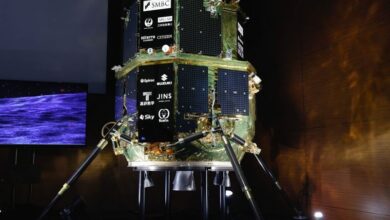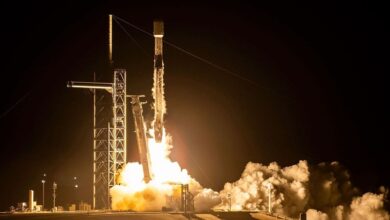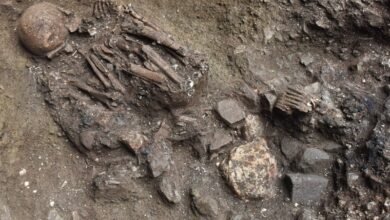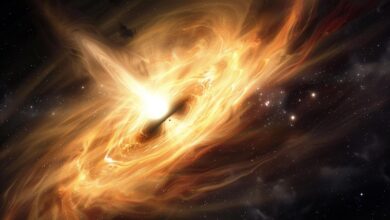Two galaxies are about to collide in space
News Mania Desk / Piyal Chatterjee / 7th June 2025
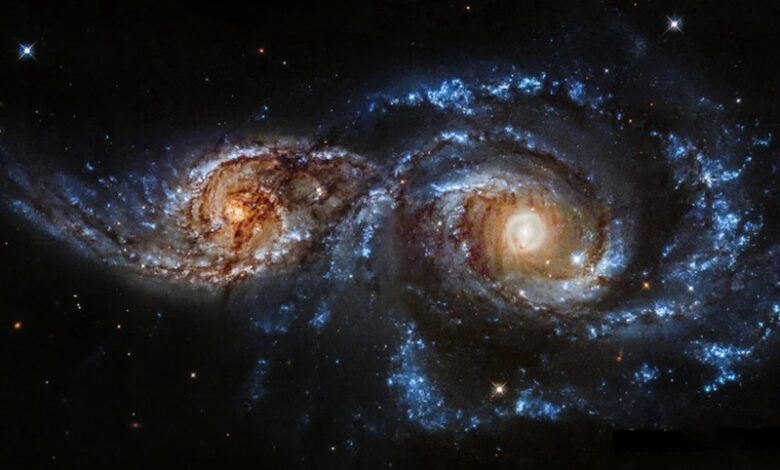
NASA’s Chandra X-ray Observatory, together with other telescopes, has recorded an unusual cosmic occurrence: two large galaxy clusters that merged around a billion years ago are now headed for another collision.
The system designated as PSZ2 G181 is located around 2.8 billion light-years from Earth. Galaxy clusters rank among the largest formations in the cosmos, comprising hundreds or thousands of galaxies, immense quantities of heated gas, and unseen dark matter, all held together by gravity. Compared to other identified colliding clusters, PSZ2 G181 is a lower-mass system, which renders this occurrence especially rare and significant for research.
Previous radio observations conducted by the LOw Frequency ARray (LOFAR) in the Netherlands uncovered bracket-like formations—possibly shock fronts—at the periphery of the system.
These shock fronts resemble sonic booms produced when aircraft exceed the sound barrier and are believed to have originated from the initial collision’s disturbance of gas. Since that initial impact, the shock fronts have moved outward and are now approximately 11 million light-years apart, the greatest separation recorded to date.
New composite images merge X-ray information from NASA’s Chandra (depicted in purple) and ESA’s XMM-Newton (in blue) with radio data from LOFAR (in red) alongside optical images from the Panoramic Survey Telescope and Rapid Response System (Pan-STARRS).
These observations indicate three shock fronts arranged along the collision axis, which researchers interpret as initial indications of the clusters’ forthcoming second interaction.
Following their first approach, the two clusters decelerated and started to head back towards one another, preparing for another enormous cosmic collision. Scientists are continuing to assess the precise mass of each cluster, yet the overall mass is lower than that of other colliding systems, rendering PSZ2 G181 a unique instance.
This finding, outlined in a collection of studies spearheaded by Andra Stroe from the Center for Astrophysics | Harvard & Smithsonian, provides a distinctive insight into the interactions of galaxy cluster collisions and the development of extensive cosmic formations.



